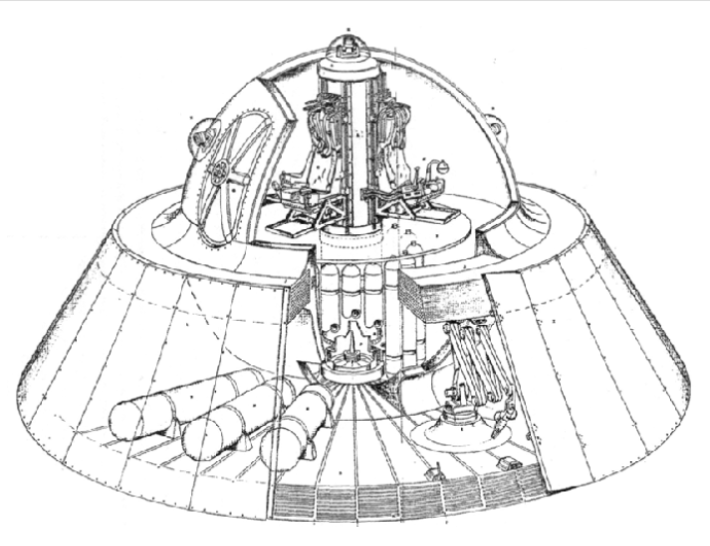Future of Transportation
The future of transportation floats and space travel is fast

Transportation's future
Currently, there are two components for the future of transportation. These two segments are: local transportation and long distance. Local transportation refers to short trips within walking distance, anywhere a car could be used and, as a reference for the future, as far as a plane can go. Long distance is more than where a plane can carry passengers. Long distance travel in the future includes space travel.
Society is screaming for an immediate answer for a local transportation alternative from the automobile. It doesn’t exist yet.
Today, there are alternative forms of transportation available. However, a solution is much more complex than people might imagine. Transportation is the foundation to all urban growth. Even though there are transportation alternatives, a solution has to take into account the primary source of transportation to an area’s land-use design. Although society screams for an automobile solution, nearly all Western Society’s land-use is built upon the automobile centric land-use design. When the automobile is abandoned, all of the automobile centric land-use design will become dysfunctional. Roads, freeways, and parking lots will be useless. Seventy percent of all automobile centric land-use design is allocated to serve the automobile.
The transit-oriented land-use design is pliable to any type of fixed rail transit. The transit-oriented land-use design does not work with cars. And the automobile centric land-use design is not amiable to transit systems.
There are four types of land-use:
Nature
Agriculture
Transit oriented design
Automobile centric land-use design
Each type of land-use is specific to what type of transportation caters to its design.
Most new technology transit alternatives are closed loop transit systems. A closed loop system is as big as the system is built to accommodate it. A train is a closed loop system; it can not go beyond the tracks.
There are seven modes of transportation:
Human power (walking, bicycle)
Animals
Balloons
Boats
Trains
Automobiles
Planes
A modern form of sustainable transportation will require a new land use design. It also requires a new mode of transportation.
The current transit-oriented land-use designs can be sustainable using maglev train technology. Many of the advanced transit: Personal Rapid Transit (PRT) systems are sustainable transportation. These are the most the most energy efficient transportation systems available. And this technology is currently available.
The future of long-distance transportation is filled with creativity and, sometimes, provocative ideas. The fascinating component for future transportation technology come with amazing concepts and designs.
Previously mentioned in other CATTCC blogs are several people associated with technological advances toward the advancement of innovative space flight. This blogpost focuses on T. Townsend Brown, and the indirect influence stemming from the Thule and Vril technology from the early 1900s. How can this contribute to a gravity based transportation vehicle design?
T. Townsend Brown was the principal author of electrogravitics. The principle force in causation to spin, in theories relating to innovative space flight, is electrogravitics. This is partially defined by a high intensity electric field reaction, known as the Biefeld-Brown Effect.
Electrogravitics is more than the Biefeld-Brown Effect. Electrogravitics provides the foundation to a new theory for particle mass composition. Electrogravitics is similar to electromagnetics but identifies gravity as the component to subatomic fields. This leads to postulate: gravity is a subatomic process. Diverging from the current viewpoint for particle movement in theoretical physics, electrogravitics provides a different concept for visualization. With this perspective, gravitational fields hold more validation than electromagnetics as the source of particle charge.
It’s CATTCC’s supposition: this new theory can lead to a way to manipulate gravity in a manner that can be used as a source of motion for transportation. One of the first steps is to revisit abandoned technology.
In the 1930s, a flying craft was built. It’s referred to as Die Glocke: The Bell. One of the most comprehensive articles for that era of technology is found at 1library.net. Similar work recently using this design concept is called the Fluxliner. The Fluxliner is detailed in this 1 ½ hour youtube video. The power source is somewhat vague but, based on the flux of red mercury.
In searching more patents relating to potential space flight using new technological concepts, these are interesting to check out.
3,322,374 – Magnetohydrodynamic propulsion apparatus
3,626,605 – Method and apparatus for generating a secondary gravitational force field
3,130,945 – Ionocraft
3,504,868 – Space propulsion system
6,492,784 – Propulsion device and method employing electric fields for producing thrust
2,949,550 – Electrokinetic Apparatus
3,022,430 – Electrokinetic generator
4.663,932 – Dipolar force field propulsion system
5,142,861 – Nonlinear electromagnetic propulsion system and method
2,958,790 – Electrical thrust producing device
3,120,363 – Flying apparatus
The future of transportation floats
For the future of transportation, the transportation industry growth is energy efficient space flight. Rocket scientists are intelligent enough to figure out that chemical explosions for propulsion are a colossal energy waste. The energy release of an explosion is 360 degrees. The trajectory of a space craft is one degree. This prevents efficient energy use and hampers ultra-fast space flight.
One such theory for fast space flight is the Alcubierre Drive, also referred to as Warp Drive. This postulation maintains it is a manner of how energy interacts with space/time. Again, along with many of these patents, it is an extension of the Biefeld-Brown Effect.
This is an open field for technology increase
The beginning step is the manipulation of gravity to provide a vehicle device and method with the ability to levitate. Once the apparatus attains an ability to levitate; centripetal spin provides a field compression and cold. Cold is the absence of thermodynamic loss. Heat is the magnification of thermodynamic loss.



